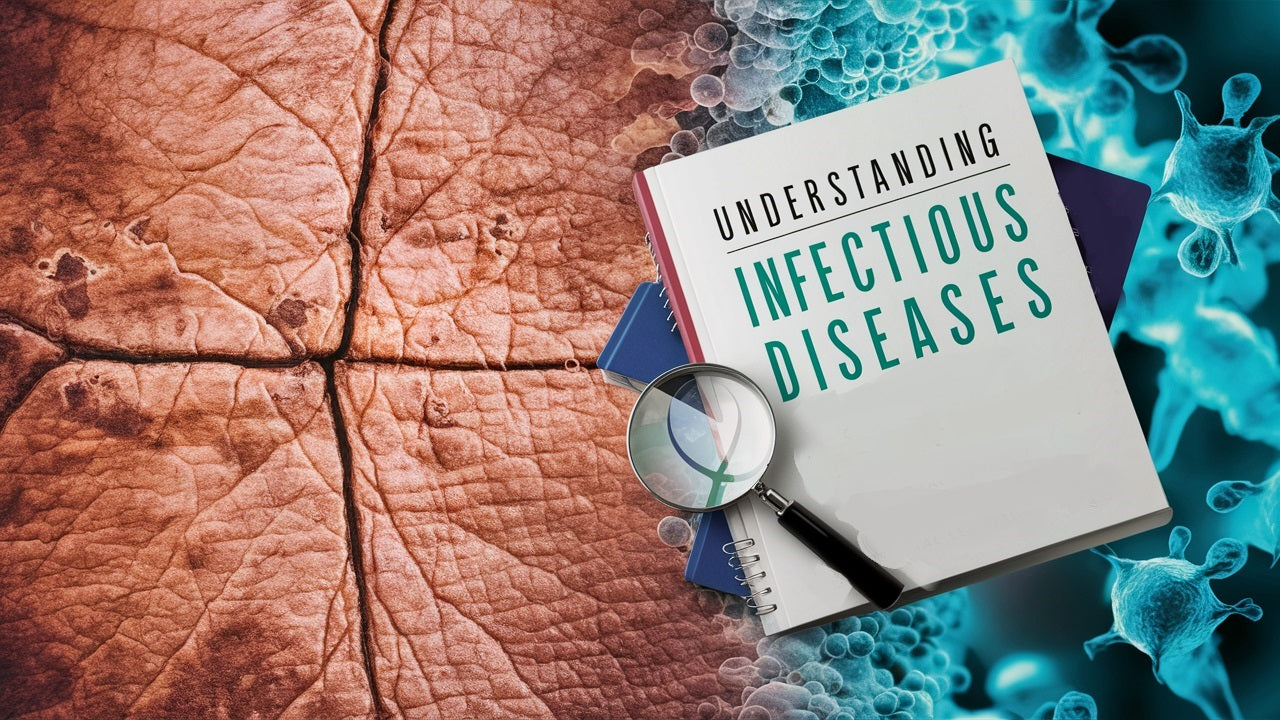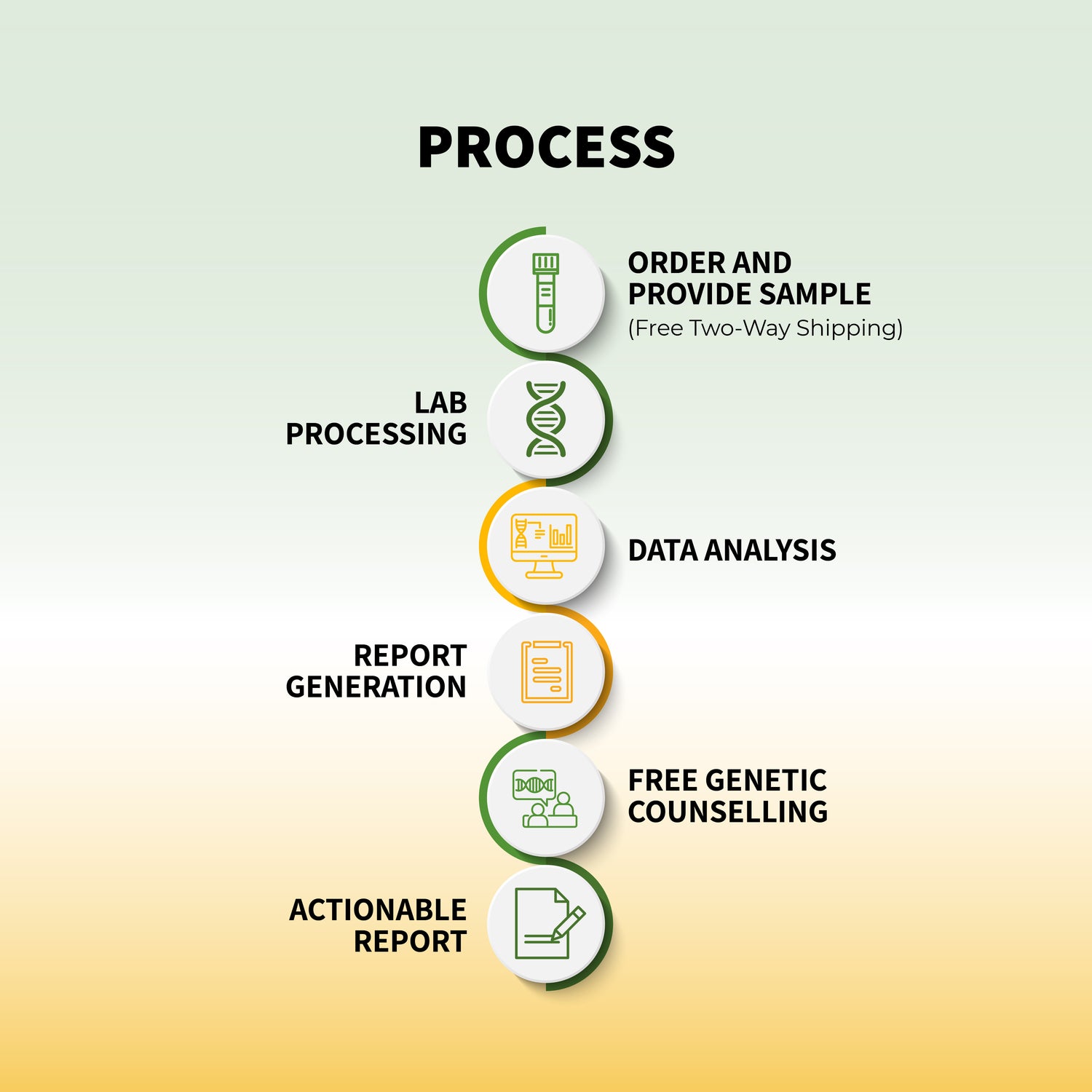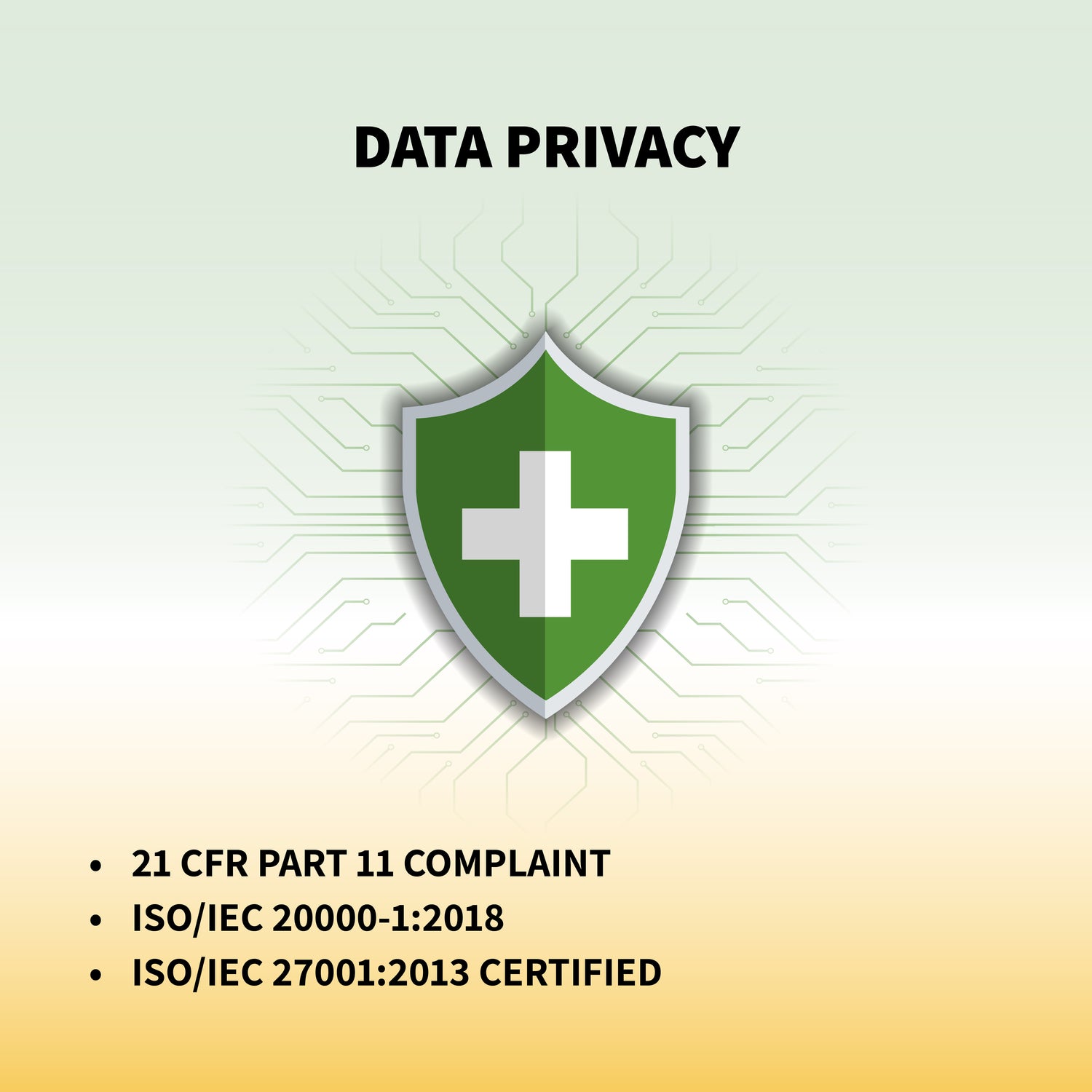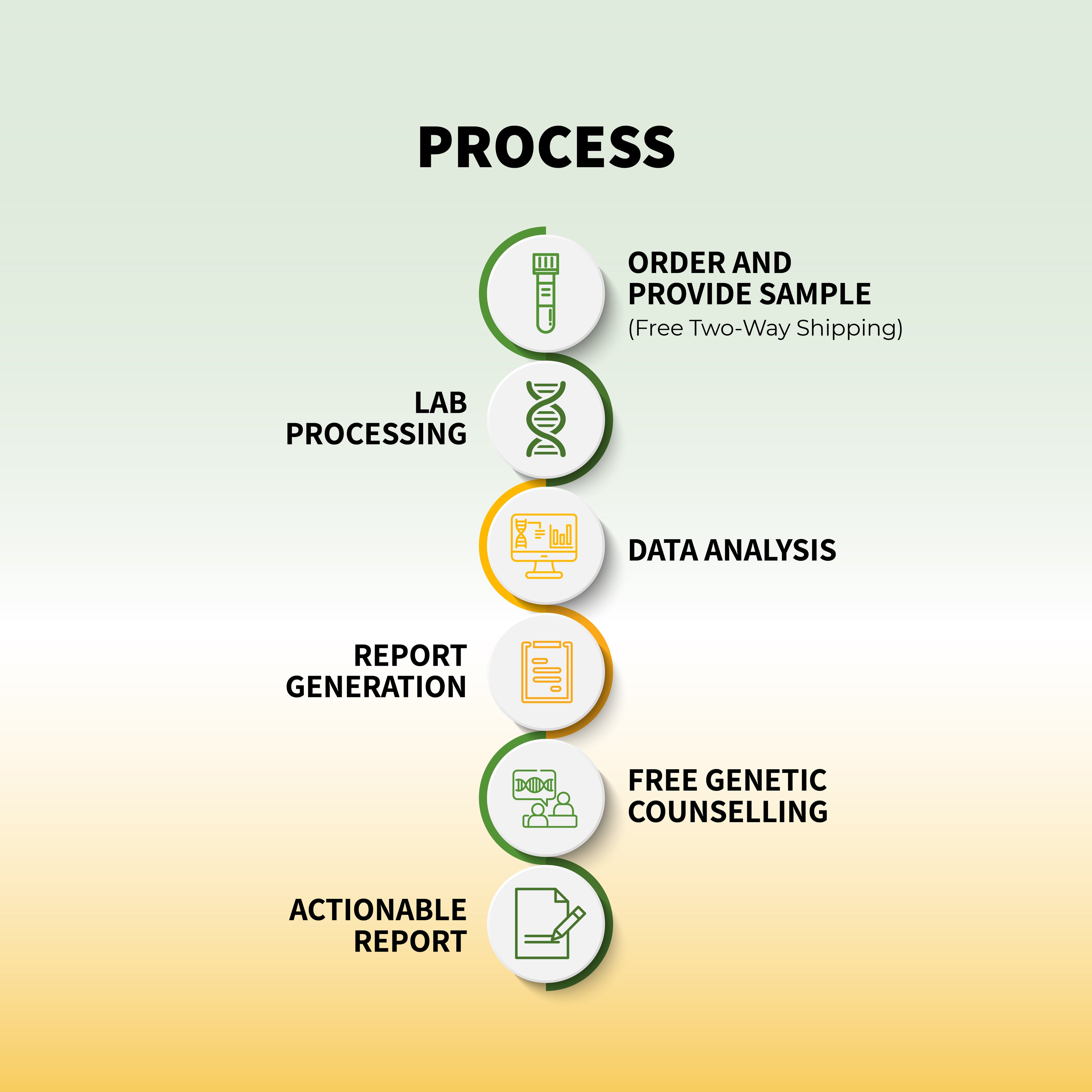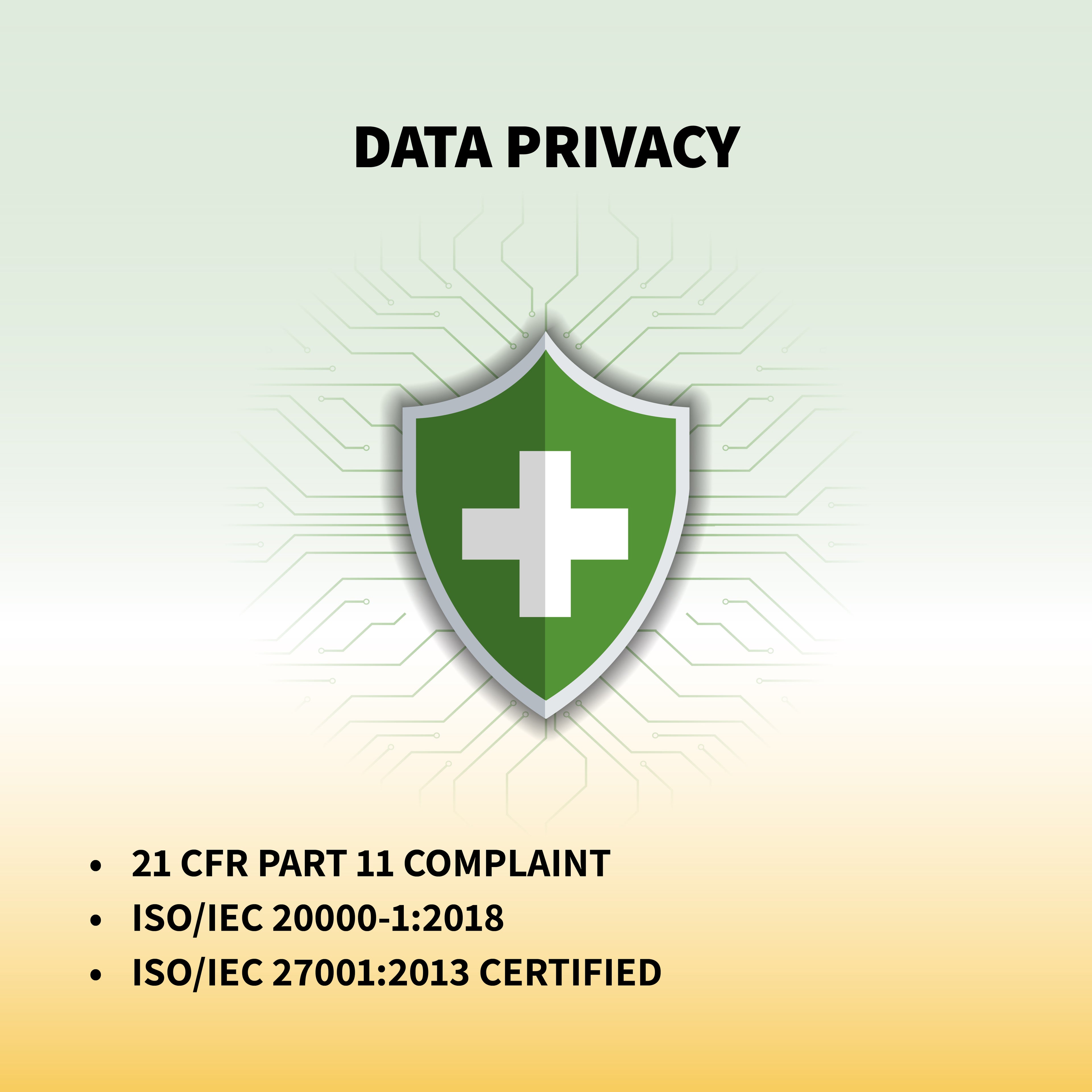संक्रामक रोगों ने मानव इतिहास को आकार दिया है, और इनमें से कुष्ठ रोग, जिसे हैनसेन रोग के रूप में भी जाना जाता है , अपनी प्राचीन जड़ों और इससे जुड़े कलंक के कारण सबसे अलग है। यह ब्लॉग पोस्ट कुष्ठ रोग, इसके कारणों, लक्षणों, उपचार और इस बीमारी से निपटने में हुई प्रगति के बारे में विस्तार से बताएगा।
कुष्ठ रोग (हैन्सन रोग) क्या है?
कुष्ठ रोग एक दीर्घकालिक संक्रामक रोग है जो माइकोबैक्टीरियम लेप्री नामक जीवाणु के कारण होता है। यह मुख्य रूप से त्वचा, परिधीय तंत्रिकाओं, ऊपरी श्वसन पथ और आंखों को प्रभावित करता है। यह रोग हजारों वर्षों से जाना जाता है और अगर इसका इलाज न किया जाए तो इसके विकृत परिणामों के कारण काफी कलंक और भय पैदा हुआ है। हालाँकि, आधुनिक चिकित्सा के साथ, कुष्ठ रोग अब पूरी तरह से ठीक हो सकता है, और समय रहते इसका पता लगाने से इस रोग से जुड़ी शारीरिक विकृतियों को रोका जा सकता है।
कुष्ठ रोग का इतिहास और वैश्विक प्रभाव
मिस्र, चीन और भारत के प्राचीन ग्रंथों में कुष्ठ रोग का उल्लेख किया गया है, जो विभिन्न संस्कृतियों में इसकी लंबे समय से मौजूदगी को दर्शाता है। ऐतिहासिक रूप से, कुष्ठ रोग से प्रभावित लोगों को अक्सर समाज से बहिष्कृत कर दिया जाता था, उन्हें अलग-थलग बस्तियों में रहने के लिए मजबूर किया जाता था। यह कलंक इतना गंभीर था कि "कोढ़ी" शब्द बहिष्कृत होने का पर्याय बन गया। हालाँकि, जैसे-जैसे इस बीमारी के बारे में हमारी समझ में सुधार हुआ है, वैसे-वैसे उपचार और प्रभावित लोगों को समाज में वापस लाने के तरीके में भी सुधार हुआ है।
कारण और संचरण
कुष्ठ रोग माइकोबैक्टीरियम लेप्री के कारण होता है, जो एक धीमी गति से बढ़ने वाला जीवाणु है जो मुख्य रूप से त्वचा और तंत्रिकाओं को प्रभावित करता है। यह अत्यधिक संक्रामक नहीं है और माना जाता है कि यह अनुपचारित व्यक्ति के साथ लंबे समय तक निकट संपर्क के माध्यम से फैलता है, संभवतः श्वसन बूंदों के माध्यम से। पर्यावरणीय परिस्थितियों के आधार पर बैक्टीरिया मानव शरीर के बाहर कुछ घंटों से लेकर कई दिनों तक जीवित रह सकता है, लेकिन एम. लेप्री के संपर्क में आने वाले अधिकांश लोगों में मजबूत प्रतिरक्षा प्रतिक्रिया के कारण कुष्ठ रोग नहीं होता है।
कमजोर प्रतिरक्षा प्रणाली, आनुवंशिक प्रवृत्ति, तथा अनुपचारित रोगियों के साथ निकट संपर्क जैसे कारक रोग के संक्रमण के जोखिम को बढ़ाते हैं।
कुष्ठ रोग के लक्षण
कुष्ठ रोग संक्रमित व्यक्ति की प्रतिरक्षा प्रतिक्रिया के आधार पर अलग-अलग रूपों में प्रकट होता है। विश्व स्वास्थ्य संगठन (WHO) कुष्ठ रोग को दो मुख्य श्रेणियों में वर्गीकृत करता है:
-
पॉसीबैसिलरी कुष्ठ रोग : इस प्रकार में कुछ (पांच से कम) त्वचा के घाव होते हैं, जिनमें त्वचा के धब्बों में कोई बैक्टीरिया मौजूद नहीं होता। यह रोग का हल्का रूप है।
-
मल्टीबैसिलरी कुष्ठ रोग : यह प्रकार अधिक गंभीर होता है और इसमें त्वचा पर व्यापक घाव होते हैं, तथा त्वचा के धब्बों में बैक्टीरिया मौजूद होते हैं।
कुष्ठ रोग के सामान्य लक्षणों में शामिल हैं:
- तंत्रिका क्षति के कारण प्रभावित क्षेत्रों में सुन्नता
- हल्के रंग या लाल त्वचा के धब्बे जिनमें संवेदनशीलता कम हो जाती है
- मोटी या सख्त त्वचा
- मांसपेशियों में कमज़ोरी या पक्षाघात (विशेषकर हाथों और पैरों में)
- बढ़ी हुई नसें (विशेष रूप से कोहनी और घुटने के आसपास)
- आँखों की समस्याएँ जिनका इलाज न किया जाए तो अंधापन हो सकता है
- पैरों के तलवों पर अल्सर
कुष्ठ रोग का निदान
कुष्ठ रोग से जुड़ी जटिलताओं को रोकने के लिए प्रारंभिक निदान महत्वपूर्ण है। एक स्वास्थ्य सेवा प्रदाता आमतौर पर नैदानिक लक्षणों के आधार पर कुष्ठ रोग का निदान करता है, जैसे कि त्वचा के विशिष्ट घाव और तंत्रिका की भागीदारी। इसके अलावा, त्वचा की बायोप्सी की जा सकती है, जिसमें त्वचा के ऊतकों का एक छोटा सा नमूना लिया जाता है और एम. लेप्री बैक्टीरिया की उपस्थिति के लिए माइक्रोस्कोप के नीचे जांच की जाती है।
पॉलीमरेज़ चेन रिएक्शन (पीसीआर) जैसे आणविक परीक्षण भी नैदानिक नमूनों में एम. लेप्राई डीएनए का पता लगा सकते हैं, जिससे अधिक सटीक निदान संभव हो सकता है, विशेष रूप से उन मामलों में जहां जीवाणुओं का भार कम है।
उपचार और प्रबंधन
कुष्ठ रोग का इलाज मल्टीड्रग थेरेपी (MDT) नामक एंटीबायोटिक दवाओं के संयोजन से संभव है। WHO द्वारा अनुशंसित मानक MDT उपचार में डैप्सोन, रिफैम्पिसिन और क्लोफ़ाज़िमाइन शामिल हैं। उपचार की अवधि कुष्ठ रोग के प्रकार पर निर्भर करती है:
- पॉसीबैसिलरी कुष्ठ रोग : आमतौर पर इसका इलाज छह महीने तक चलता है।
- मल्टीबैसिलरी कुष्ठ रोग : 12 महीने के उपचार की आवश्यकता होती है।
रोग को ठीक करने और दवा प्रतिरोध के विकास को रोकने के लिए एंटीबायोटिक दवाओं का पूरा कोर्स पूरा करना आवश्यक है। कई देशों में डब्ल्यूएचओ द्वारा एमडीटी निःशुल्क प्रदान किया जाता है, जिससे रोग के वैश्विक बोझ में उल्लेखनीय कमी आई है।
एंटीबायोटिक दवाओं के अलावा, उपचार में तंत्रिका क्षति, अल्सर और आंखों की समस्याओं जैसी जटिलताओं का प्रबंधन शामिल हो सकता है। रोगियों को पूरी तरह से ठीक होने और विकलांगता को रोकने में मदद करने के लिए फिजियोथेरेपी, पुनर्निर्माण सर्जरी और सहायक देखभाल महत्वपूर्ण भूमिका निभाती है।
कलंक और सामाजिक निहितार्थ
उपचार में प्रगति के बावजूद, कुष्ठ रोग अभी भी एक सामाजिक कलंक है, खासकर दुनिया के कुछ हिस्सों में जहां इस बीमारी के बारे में गलत धारणाएं बनी हुई हैं। यह कलंक प्रभावित लोगों के लिए भेदभाव, अलगाव और मानसिक स्वास्थ्य चुनौतियों का कारण बन सकता है।
कलंक को कम करने के प्रयासों में सार्वजनिक शिक्षा अभियान शामिल हैं जो कुष्ठ रोग के उपचार, संक्रमण के कम जोखिम और शीघ्र उपचार के महत्व पर जोर देते हैं। सहायता समूहों, पुनर्वास कार्यक्रमों और व्यावसायिक प्रशिक्षण के माध्यम से कुष्ठ रोग से प्रभावित लोगों को सशक्त बनाना भी उन्हें समाज में वापस एकीकृत करने में मदद करता है।
अनुसंधान में प्रगति और भविष्य की दिशाएँ
कुष्ठ रोग पर चल रहे शोध का ध्यान रोग के संचरण को बेहतर ढंग से समझने, निदान विधियों में सुधार करने और नए उपचार विकसित करने पर केंद्रित है, विशेष रूप से दवा प्रतिरोधी उपभेदों के लिए। आनुवंशिक अनुसंधान उन व्यक्तियों की पहचान करने में भी महत्वपूर्ण भूमिका निभा रहा है जो वंशानुगत आनुवंशिक कारकों के कारण कुष्ठ रोग के प्रति अधिक संवेदनशील हो सकते हैं।
जीनोम-वाइड एसोसिएशन स्टडीज (GWAS) ने कुष्ठ रोग के विकास के बढ़ते जोखिम से जुड़े कई जीन की पहचान की है। यह ज्ञान भविष्य में लक्षित हस्तक्षेप और व्यक्तिगत उपचार रणनीतियों का मार्ग प्रशस्त कर सकता है।
निष्कर्ष
कुष्ठ रोग, जो कभी एक भयावह और कलंकित बीमारी थी, अब उचित उपचार से पूरी तरह से ठीक हो सकती है। रोग से जुड़ी जटिलताओं को रोकने के लिए प्रारंभिक निदान और निर्धारित एंटीबायोटिक उपचार का पालन करना महत्वपूर्ण है। जैसे-जैसे अनुसंधान आगे बढ़ता है, भविष्य में कुष्ठ रोग के वैश्विक बोझ को कम करने और इसके आसपास अभी भी मौजूद कलंक को खत्म करने की संभावना है।
जागरूकता बढ़ाकर, समय रहते पता लगाने को बढ़ावा देकर और व्यापक देखभाल प्रदान करके, हम यह सुनिश्चित कर सकते हैं कि कुष्ठ रोग अतीत की बीमारी बन जाए। यदि आप या आपके किसी परिचित में कुष्ठ रोग के लक्षण दिखाई देते हैं, तो तुरंत चिकित्सा सहायता लें। शीघ्र उपचार से पूर्ण रूप से ठीक होना संभव है, और जीवन सामान्य हो सकता है।


